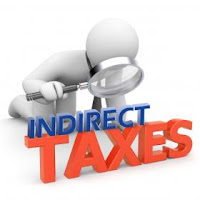Marketing Series - 2022
MARKETING - 1 MARKETING : A Process by which companies create Value for customers and build strong customer relationship in order to capture Value from customers in return. The Marketing Process Marketing Process is a 5 Step Model where it includes: 1) Understand the Market Place and Needs and Want of Customers 2) Create a customer-centric marketing approach 3) Create an integrated marketing Plan that provides exceptional value. 4) Create profitable connections and delight your customers. and the Final Step (an important one from marketers point of view): 5) Profits and customer equity generated through capturing value from customers. Marketing Myopia Many businesses make the mistake of focusing on the specific products they offer rather than the benefits and experiences these products bring. This is called Marketing Myopia. The term was coined by the late Harvard Business School marketing professor, Theodore Levitt, in a 1960 article by the same name (republished in 2004
